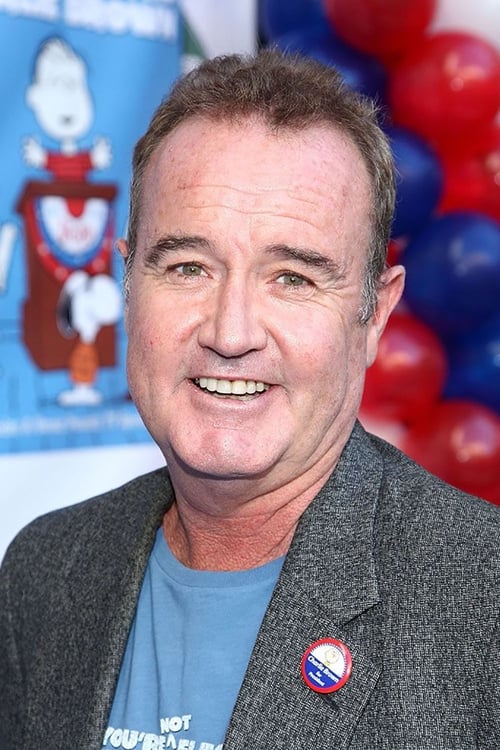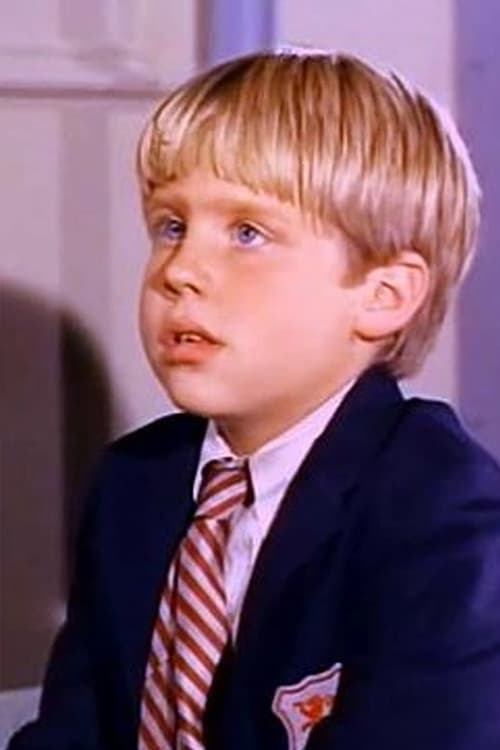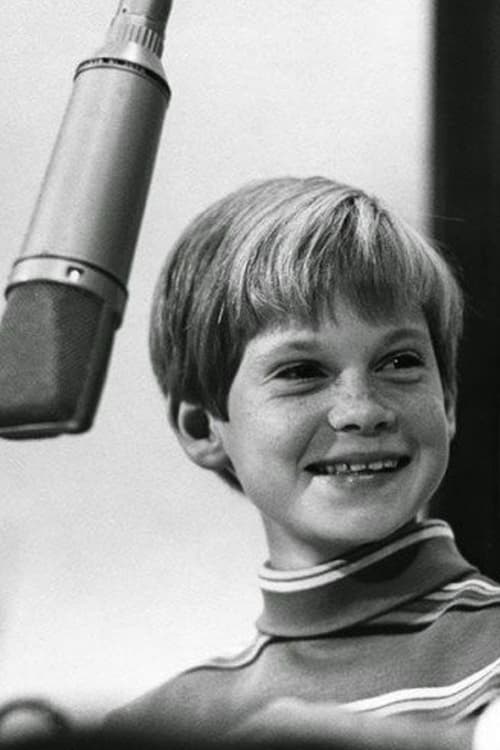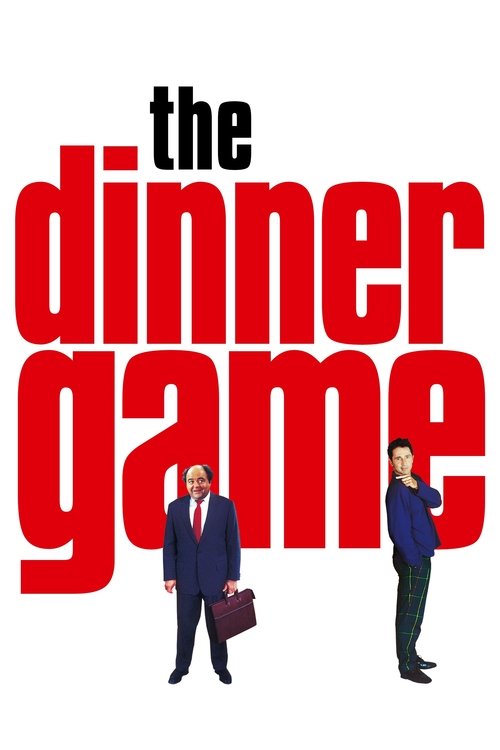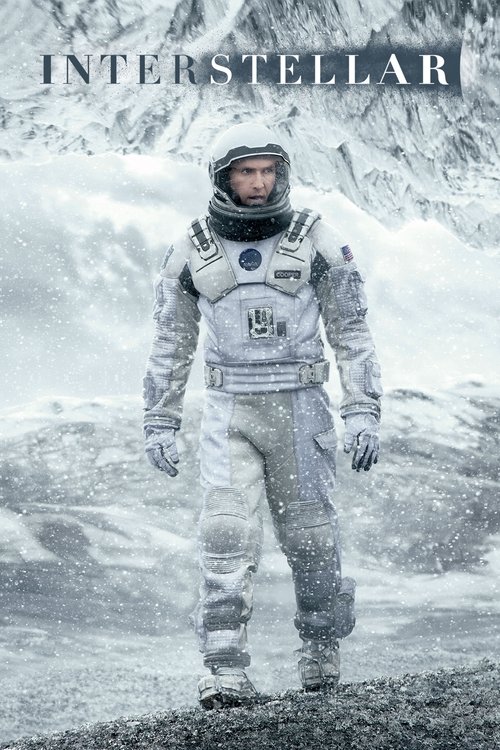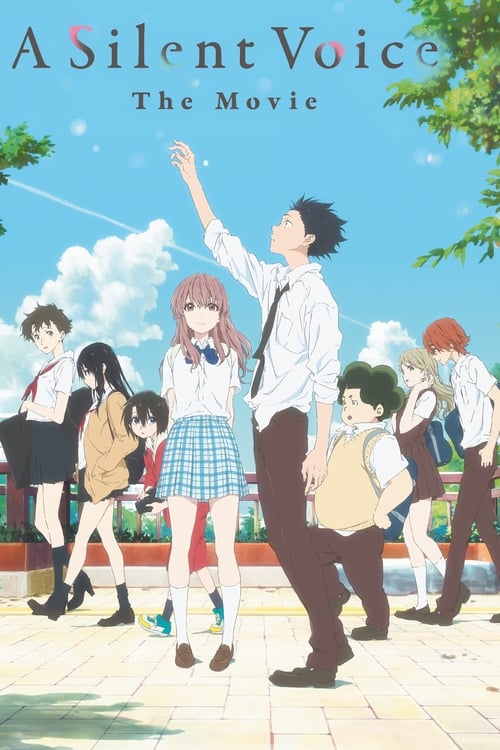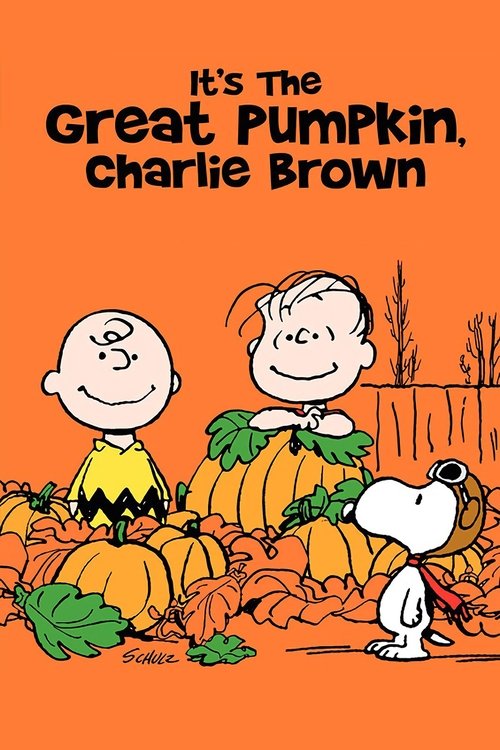
It's the Great Pumpkin, Charlie Brown
Join the Peanuts gang for a timeless adventure as Charlie Brown preps for a party, Snoopy sets his sights on the Red Baron, and Linus patiently awaits a pumpkin patch miracle.
Dialogues from Movie It's the Great Pumpkin, Charlie Brown
Quotes from Movie It's the Great Pumpkin, Charlie Brown
Sound Tracks from It's the Great Pumpkin, Charlie Brown by Vince Guaraldi
Linus and Lucy
Linus and Lucy by Vince Guaraldi, Main theme, played throughout the special
Great Pumpkin Waltz
Great Pumpkin Waltz by Vince Guaraldi, Played during the scenes of waiting for the Great Pumpkin
Charlie Brown Theme
Charlie Brown Theme by Vince Guaraldi, Various scenes featuring Charlie Brown
Download App
Memorable Scenes from Movie It's the Great Pumpkin, Charlie Brown
Linus in the Pumpkin Patch
Linus waits in the pumpkin patch for the Great Pumpkin to appear. He is full of hope and belief, while the other kids are skeptical. As night falls, Linus shows his unwavering faith, even when others leave him alone. The scene is quiet yet charged with Linus's heartfelt dedication.
Context: This moment encapsulates Linus's deep belief in the Great Pumpkin, contrasting with the practical skepticism of his friends.
Charlie Brown's Costume
Charlie Brown proudly wears his ghost costume made from a white sheet with holes, but he is mocked by others as they point out he has too many holes. This moment underscores Charlie's innocence and inability to fit in, which is a recurring theme throughout the film.
Context: This interaction showcases the perpetual struggles Charlie Brown faces in seeking acceptance among his peers.
The Halloween Party
The kids gather for trick-or-treating, gleefully shouting 'Trick or treat!' as they go from house to house. Charlie Brown, however, receives nothing but rocks in his bag. This moment highlights the contrast between the joy of the group and Charlie's isolation.
Context: It emphasizes Charlie's ongoing bad luck and sets the stage for the themes of friendship and disappointment.
Linus's Speech about the Great Pumpkin
During a heartfelt monologue, Linus explains who the Great Pumpkin is and why he believes wholeheartedly in it. His earnestness captivates the audience, making them sympathize with his longing for something magical.
Context: This is a pivotal moment that shows Linus's character depth and belief in hope against skepticism.
Waiting for the Great Pumpkin
As Linus waits alone in the pumpkin patch, a chilling wind blows. He wraps himself in his blanket, visibly anxious but still hopeful. The contrasting darkness around him heightens the stakes of his vigil.
Context: This builds suspense, showing Linus's commitment, even when faced with doubt and loneliness.
The Moment of Disillusionment
When Linus finally realizes the Great Pumpkin isn't coming, the camera captures his devastated expression. The harsh reality hits that his belief was unfounded, and the sorrow in the air is palpable.
Context: This moment is crucial as it marks a loss of innocence and the end of Linus's childhood hope.
Charlie Brown’s Reflection
After receiving rocks instead of candy, Charlie Brown reflects on his bad luck. He sits sadly with his bag full of rocks, symbolizing his failure to connect with others and the harsh realities of life.
Context: This moment signifies the loneliness and the emotional weight Charlie carries throughout the film.
The Arrival of Snoopy
Snoopy enters the scene as the famous WWI flying ace, transitioning the mood with humor even in his surreal adventure against the Red Baron. This scene adds a layer of lightheartedness amidst the more earnest themes.
Context: Snoopy’s antics provide a comedic break while still playing into the themes of imagination and adventure.
Linus's Disappointment
When Linus returns from the pumpkin patch and sees his friends celebrating Halloween without him, his face reflects sadness and confusion. He must grapple with the letdown of the Great Pumpkin's absence.
Context: This signals a significant turning point for Linus as he faces disillusionment but also begins to understand the complexities of belief.
Candy Collection
The kids excitedly count and share their candy loot, showcasing the joy and camaraderie among them. Meanwhile, Charlie Brown is once again isolated by his misfortunes. This juxtaposition emphasizes themes of friendship and alienation.
Context: Here, the audience sees the clear divide between Charlie and his friends, reinforcing his loneliness.
Linus Forgives the Others
Despite the teasing and insistence that he was foolish for believing, Linus forgives his friends. His kindness shines through as he remains optimistic for next Halloween.
Context: This moment shows the resilience of childhood innocence and the importance of friendship, even after disappointment.
The Great Pumpkin's Legend Lives On
Linus tells Sally that he will wait for the Great Pumpkin again next year. His determination continues, showing a glimmer of hope for the future despite past sorrow.
Context: This reinforces the theme of hope and faith, even in the face of disbelief and disappointment.
The Final Message
As the story wraps up, Charlie Brown and Linus reflect on their experiences, with Linus stating that he’ll believe in the Great Pumpkin again. The bittersweet tone leaves viewers contemplating the nature of belief.
Context: This moment elegantly sums up the overarching questions of faith, hope, and the innocence of childhood.
Confronting the Reality of Growing Up
In the end, the children gather and have fun, but Charlie and Linus sit together, sharing a quiet moment of understanding about their beliefs. This acknowledgement of their experiences showcases growth.
Context: This final scene encapsulates the bittersweet realization of growing up and understanding one's realities while cherishing childhood dreams.
Download App


